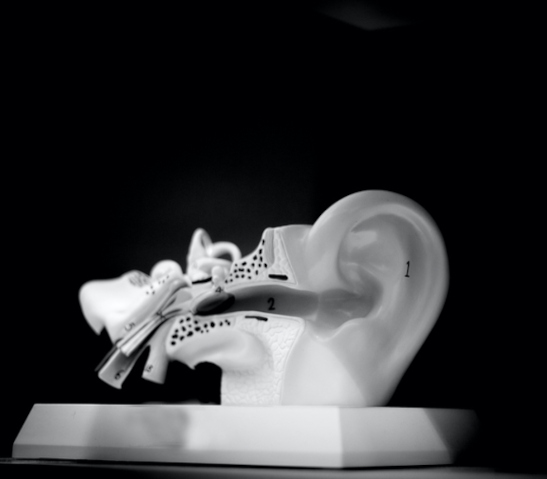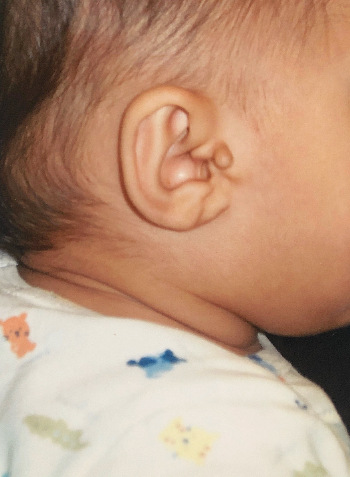Surgery
“Surgical repair of congenital aural atresia is a technically challenging operation. Not every child is a candidate for surgery. It is through radiographic and audiometric testing that I evaluate a child’s candidacy for atresia surgery. The operation holds promise to give the child normal or near-normal hearing in the ear – it is one of the most gratifying things that I do.“

Surgical repair involves reconstructing a new ear canal to allow for better hearing. Surgery for aural atresia typically cannot occur before ages 3-5 depending on where you live. Before surgery, you will be evaluated via an audiological test to determine if cochlear function is viable enough for the surgery. With bilateral hearing loss (aural atresia in both ears) surgery is more often used than in unilateral hearing loss. If you have any severe outer ear deformities, you can have reconstructive surgery on that as well if you are approved by your physician.
(based on my research)
Tympanoplasty
A tympanoplasty procedure works to fix a deformed or injured ear drum/perforation and reduce infection rates. The tynpanic membrane is located just in front of the aurical ossicles (middle ear bones). Depending on the deformation, surgeons will rebuild or fix the tympanic membrane in correlation with the ossicles. This type of surgery has been known to be difficult, and often times several measures must be taken afterwards to prevent infection and maintain solid hearing levels.

Canalplasty
If you meet the requirements, canalplasty is one of more preferred methods for aural atresia surgery. It is a procedure used to widen a narrowed, external, auditory ear canal. This also includes reconstruction of the ear canal, via removing/fixing middle ear bones, tissue, and overall deformation of the canal. Firstly, the canal is opened and shaped using skin grafts, then installing a tympanic eardrum, and re-establishing the ear duct to match with the operated version.
When deciding whether or not you want to get surgery on your ear, the decision may seem scary and overwhelming at first, but just remember to choose what is best for your situation and that there are other options besides ear canal surgery. You can go with hearing implants (if applicable), or you can even choose to skip surgery and let your ear remain natural (especially if hearing loss isn’t severe). Ultimately, only you can decide how comfortable you are with your ear and to what degree you want to have it operated on. So no matter what you want to choose, remember, do your research and that the decision is up to you and your physician!
If you choose to not have canal surgery, there are numerous alternatives:
No Surgery?
Personally, I never did get ear canal surgery, and I am still living with aural atresia in my right ear. I was fortunate enough that it didn’t affect my speech or hearing dramatically, and I learned to cope with using just my left ear. In my case where hearing loss was not super dramatic, avoiding surgery was a very viable option and ultimately fit what I wanted the most. You have to remember that the way you were made is what makes you unique! Always love yourself, and if surgery will help you function with a more normal/happy life, then go for it.

Before
Reconstructive Surgery
Reconstructive surgery can help with function, but is primarily done for appearance and as an overall framework to establish the structure of the ear. As a baby (10 months), I underwent reconstructive surgery, (excision branchial cleft remnants right and left preauricular) on both my outer ears. With time, skin tags may grow back to some degree, as it did for me; but the growth rate was small enough that it was hardly noticeable. I am glad I underwent my reconstructive surgery at a young age, as it gave me more time to adapt. Otoplasty is a common reconstructive surgery done to rebuild the outer ear and reconfigure deformations, sometimes using rib cartilage, tissue, and skin grafts. For microtia, reconstructive surgery is even more common, but often cannot take place until after the outer framework is installed (such as an ear lob or cartilage placement).

After
Contact Us:
Get in Touch
Email:
auralatresia@gmail.com

